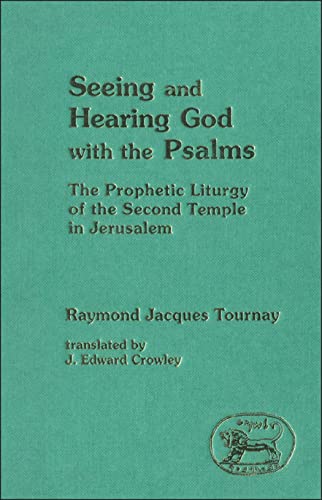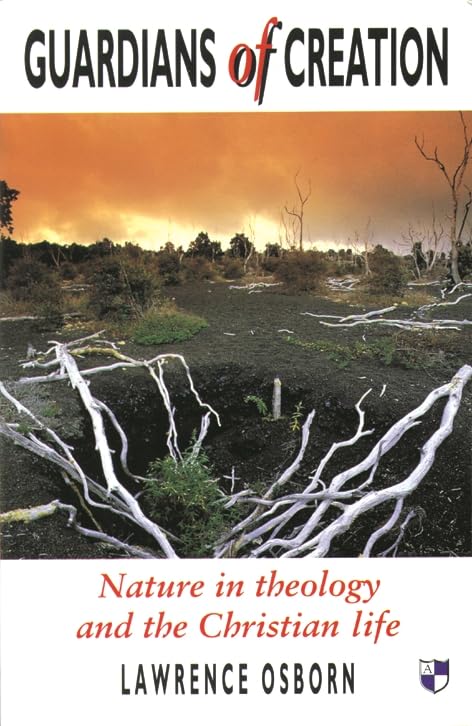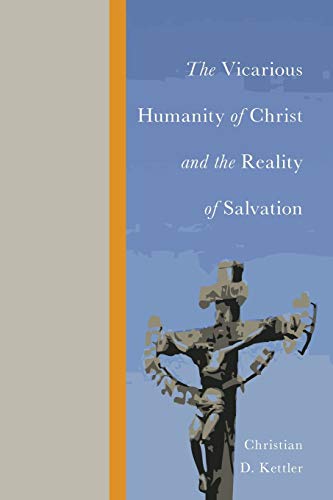Literary Forms in the New Testament
Written by James L. Bailey and Lyle D. Van der Brock Reviewed By Stanley E. PorterThis useful guide provides an excellent tool for understanding the range of literary forms used in the NT. First, the authors categorize the literary forms according to whether they are used in the Pauline letters, in the gospels and Acts, or in other NT writings. Then, for each literary form discussed, the authors define what the form is, discuss its value for interpretation, provide a short list of other places where the form is used, and conclude with a selected bibliography.
Not all of the literary forms treated are to be placed on the same level. For example, the Pauline letter is not of the same type as vice and virtue lists, or of the same type as chiasm, but this work is not designed to be an essay in literary theory. The authors do provide an introduction designed to give a theoretical foundation for their volume. This is one of the few weak points in the book. The book is at its best when it is providing students with a handy, straightforward introduction to the literary forms widely used in the NT and frequently referred to by scholars. There is some duplication because the same form appears in several of the traditions that are examined, such as forms of argumentation, hymns, chiasm and midrash. But this is not a problem; instead it enhances the value of the volume as a reference tool.
I found especially helpful and significant for students the discussion of the Pauline letter form, in which the authors clarify the structure of the letter and its relevance for interpretation. The reader will want to be cautious of a few of the observations in this section, nevertheless, including an attempt to see the themes of a letter forecast in the thanksgiving, and incorporation of rhetorical categories for determining structure. The use of rhetorical categories to analyse Pauline letters, as if this is something that the ancients were doing, is simply unfounded, and needs to be handled with care. The authors’ discussion of forms of argumentation unfortunately falls into a similar trap, especially with regard to the gospels, although they do not cast their lot wholeheartedly with either Kennedy or Betz. The treatment of diatribe is short, but usefully points the student in the right direction regarding Paul’s use of this literary form, especially in Romans, the closest thing in the NT to a complete diatribe. What is labelled a discussion of midrash is actually much more than the title might at first imply, being a discussion of various ways in which the OT is interpreted in the NT, including pesher, typological and allegorical interpretation. Discussion of apocalyptic covers a range of topics, including its prophetic dimension and a discussion of sentences of holy law. Seeing the gospels as essentially biographies serves as a healthy corrective to much thinking that confuses literary and theological criteria when it posits that since the Jesus of the gospels is unique, the literary form used to talk about him must be unique also. Rather than relying on Talbert’s work, one should now consult the work of Richard Burridge on the gospels. Good summaries of the various forms used in form criticism are given, including Paul’s commissioning story. Further refinement might be useful at places: for example, allegorical interpretation of the parables might be re-examined. The analysis of Hebrews and James as sermon and ethical admonition are very much to be welcomed for these highly problematic books.
Less astute discussions are found under the heading of chiasm, where the authors neglect significant recent work that looks less to simply parallel lines or words and more to a range of parallelisms, including sounds, concepts and the like. The authors overlook features of the household code, including not only its reciprocal formulation but its grounding in Christ as the basis of ethics. On liturgical fragments and hymns, the authors have perhaps fallen too much under the influence of certain scholars who find such statements everywhere, never asking the crucial question of the specific criteria for their identification. This is especially true of ‘hymns’, where the authors are dependent upon an outmoded view of Hebrew poetry as constituted by synonymous, antithetic and synthetic parallelism. Discussion of speeches in Acts sides with the more sceptical position of Dibelius, without much recognition of other positions. The discussion of Revelation as apocalyptic is disappointing, since the authors begin with the assumption that the book is an apocalypse, even though they are quick to point out areas in which it differs from the normal literary form.
As can be seen from the summary above, students have much to gain from this handy volume. I have tried to indicate where several of the opinions may need to be accepted with caution, but there is a wide range of opinion represented, most of it quite sound. In fact, there is much here that should find its way into exegesis that wishes to go beyond simple analysis of the language of the text and to look at its larger literary shape.
Stanley E. Porter
Roehampton Institute, London







